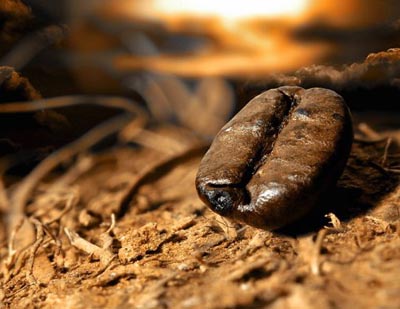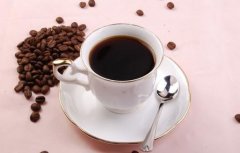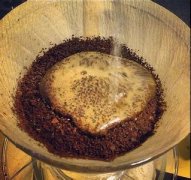Basic knowledge of coffee beans what are flat beans, round beans, elephant beans?

Usually we buy coffee beans, one side is flat, there is a crack in it, this is the coffee cherry in the two seeds (that is, coffee beans) side; this kind of normal beans, we call flat beans (or lentils, flatbeans).
Some berries contain only one seed (for unknown reasons), which takes up the internal space of the entire berry and looks like two smaller flat beans glued together; this bean, called peaberry, often appears on the tops of young coffee trees.
Usually a bag of coffee beans will be more or less mixed with some round beans, like a pile of mochas. But there are also people who pick out round beans and sell them. The most common one on the Internet is TanzaniaPeaberry, which is also common in Hawaii.
As far as I know, although some people think that round beans are fragrant, the mainstream opinion on the Internet still thinks that there is no difference between taste and flat beans. Round beans are more expensive just because they produce less. However, if you use a popcorn machine to bake, the beans will roll around and bake faster and more evenly, which may affect the taste, while the beans are usually smaller than the flat beans of the same tree, which may make the beans stronger and tighter ──. Of course, it may also be malnourished.
Now that we're talking about size, let's mention elephant beans (or giant soybeans, Maragogipe) by the way. In the past, when I saw some cafes offering "Malabee" or "Mara" Colombia, it was a bit frighteningly large, which always reminded me of my fingers, but I couldn't find a similar place name on the map of Colombia. Recently, when I looked back at Kummer's book, I suddenly realized that "Mara" only refers to elephant beans. Although Maragogipe is in Brazil, the term can refer to elephant beans from any place of origin.
For the same kind of beans, the bigger the beans, the more advanced they are, the more expensive they are, but the quality is not necessarily proportional to the quality. We have mentioned that the night in the coffee producing area had better be cold, so that the coffee beans do not grow too fast and become a loose inferior product (by the same token, the quality of summer tea is not good). However, the taste of smaller beans is not guaranteed to be mellow, it may just be stunted. So the size of the grading as a reference, do not be too serious, the final referee is still his own tongue and nose (and purse).
Important Notice :
前街咖啡 FrontStreet Coffee has moved to new addredd:
FrontStreet Coffee Address: 315,Donghua East Road,GuangZhou
Tel:020 38364473
- Prev

Mysterious and special oriental coffee bean "Brava" coffee
There is a kind of coffee called Bula in Xizang mountain area of our country. The mountain area here is not the ice and snow that we imagined, but a place with very little pleasant climate of Xizang. Coffee experts say the appearance and taste of the coffee here is similar to that of Kenyan AA coffee. But it is a pity that the coffee here is basically not for export, mainly for foreign guests. Another coffee producing area in China
- Next

Detailed analysis of volatile compounds in coffee beans
★ volatile compounds: volatile compounds are the main source of coffee flavor, especially important for coffee quality. There are many kinds of volatile substances in coffee, and their existence will affect the aroma quality of coffee. Its main source is derived from non-volatile substances in raw beans which are disconnected or derived after reaction in the process of roasting. The role of thermal decomposition, other reactions, or compositions, such as sugar.
Related
- Beginners will see the "Coffee pull flower" guide!
- What is the difference between ice blog purified milk and ordinary milk coffee?
- Why is the Philippines the largest producer of crops in Liberia?
- For coffee extraction, should the fine powder be retained?
- How does extracted espresso fill pressed powder? How much strength does it take to press the powder?
- How to make jasmine cold extract coffee? Is the jasmine + latte good?
- Will this little toy really make the coffee taste better? How does Lily Drip affect coffee extraction?
- Will the action of slapping the filter cup also affect coffee extraction?
- What's the difference between powder-to-water ratio and powder-to-liquid ratio?
- What is the Ethiopian local species? What does it have to do with Heirloom native species?

